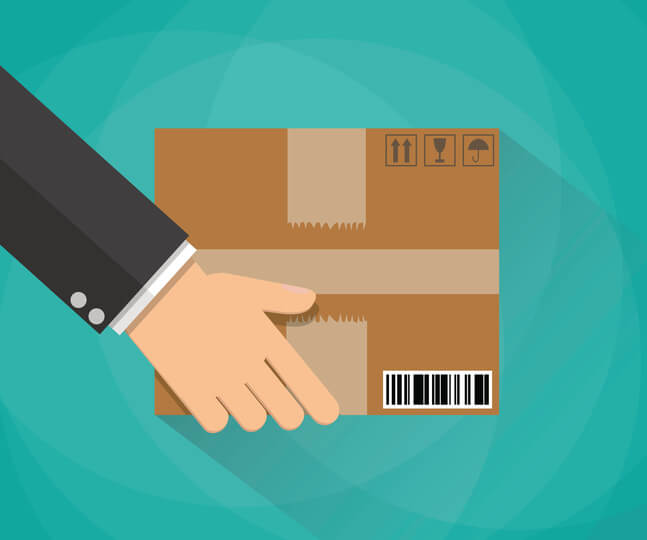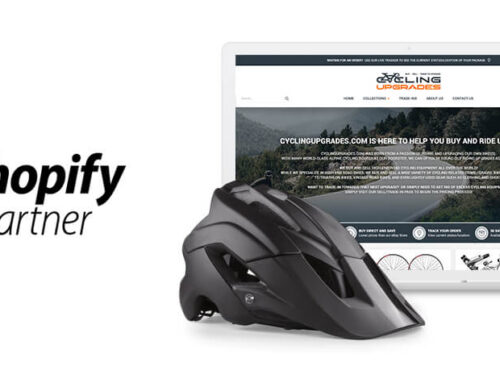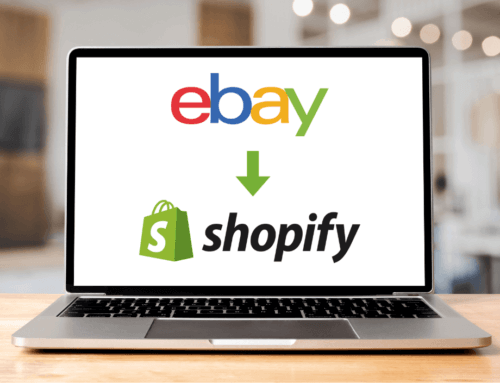
An e-commerce returns policy can make or break a sale.
It can be the difference between a visitor and a customer for life. One of the biggest contributors to a sale is how you deal with a potential buyer’s questions, especially regarding what you’ll do if they don’t like what they purchased.
In a survey by comScore and UPS, 63% of American consumers check the return policy before making a purchase and 48% would shop more with retailers that offer hassle-free returns. These policies can have an even greater impact on international consumers, most notably in Germany where 72% of consumers would give more business to stores with hassle-free returns.
A clear returns, refunds, and exchanges policy shows that you are confident in your product and customer service experience. It is one of the many “wow” factors you can provide shoppers who may be a little concerned about buying online rather than in person.
One study featured in the Journal of Marketing found that customers who received free shipping on returns increased their purchases over the next two years by 58 to 357%.
Your returns policy is an opportunity to build trust, and to differentiate yourself.
Don’t hide your policy.
You customers should never have to search to find delivery and returns information on your store. Keep returns procedure in a prominent position on your main menu. Or, if you’re comfortable, shout it from the rooftops by placing it in places like your promo boxes and banners throughout your store. Be sure to include it in your confirmation emails on purchases. Let those who have already bought know that you are dedicated to them liking their product, and that if they don’t, they can always return it. Being your customers biggest advocate is a great way to foster lifetime loyalty.
Write your own.
This goes for anything on your site (especially product descriptions), but a returns and exchange policy is not a one-size-fits-all scenario. Personalize it to your business and target audience. Make it engaging and reiterate your commitment to your customers. Include, if possible, customer reviews of the experience as well. Use this page as a testimonial spot on your site. Let it prove to potential customers that not only do people love your products, but that even when they don’t, you still treat everyone with respect and fairness.
Keep it simple.
Yes, you want to talk to your target audience, but avoid complicated wording. You don’t want to confuse anyone. Keep wording simple, use bullet points, incorporate real customer feedback. and make it skim read friendly.
Don’t be scary.
Try not to use phrases like “you must” and “you are required” or the worst… “we are not responsible for.” Make your returns process easy. Returns process should be as easy as purchase process.
Set clear expectations.
Do you exchange, offer store credit or refund their money? Every merchant has their own preference, and you shouldn’t feel pressured offer only a full refund. Many customers are very happy with an exchange, but setting clear expectations is the essential thing.
What’s the procedure for a return or exchange? Does the customer need to use your packaging or can they use their own? Do they need to include the order slip? Is there a limited time in which a return or exchange can be completed? Who pays for shipping? You or your customer? Outline the specific process and guidelines. Make your ecommerce shipping policy and returns understandable and straight-forward. By allaying customers’ fears, and encouraging trust, you are encouraging sales.
Make it low effort.
The biggest cause of customer disloyalty is a high effort experience. Easy returns keep customers coming back in the future. Tailor your return experience to the target market of your business. Consider the lifestyle of your customer, and how much they value their time. Also, consider the nature of your product. Generally, the larger an item, or the higher value, the more hesitant a customer will be about purchasing due to worries about potential returns. The clearer you make your policy for these people, the more likely you are to convert and sell to them.
96% of customers reporting high-effort experiences do not become repeat purchasers, compared with only 9% of those with low-effort experiences.
Survay by Comscore and UPS
Some key points to consider:
- Who will pay for the return shipping?
- Who will organise the return?
- How many steps there are in the process of organising a return for your customer?
Keeping customers informed on the status of their return is also important to an effortless experience. Let them know (or provide tracking numbers) when their item has made it back to you, when the refund has been processed, or the replacement sent out.
Great refund policies encourage customers to commit to a purchase, and allow them to shop without fear of consequence.
Boden is a great example of a return policy done well. Their willingness to accept refunds and fun way of communicating that policy means they make fans for life.
Bottom line; the easier you make returns, the more you sell.







